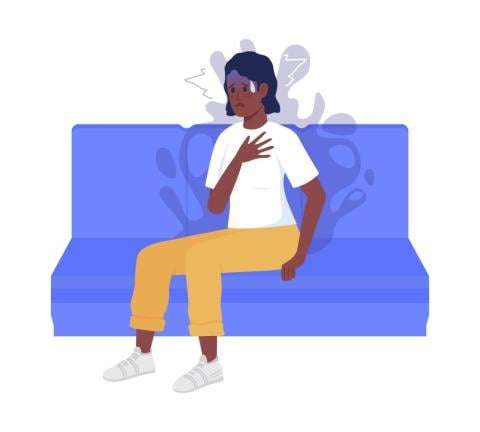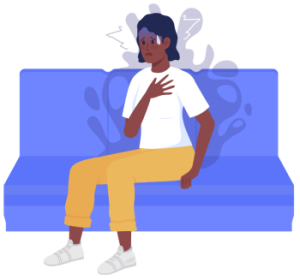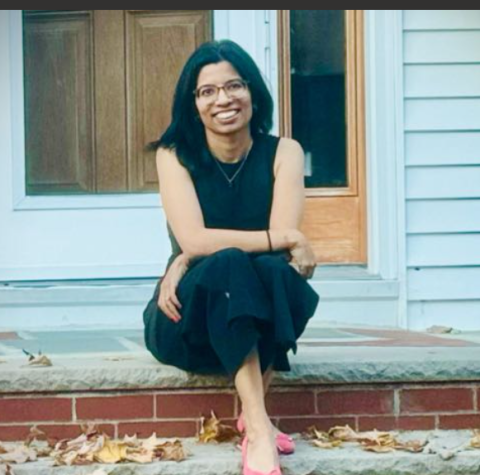One’s experience with mental illness is greatly affected by one’s unique cultural views and background. Cultural differences can influence whether or not mental illness is properly diagnosed and/or treated. There are many barriers that diverse communities face when seeking healthcare in general. Some of these barriers include: higher levels of stigma, misinformation about mental health and language that may discourage people from seeking help. A person’s beliefs, norms, values and language affect how the perceive and experience mental health conditions. The experiences with mental illness are greatly affected by different cultural views.
To effectively serve diverse populations, the community and mental health professionals need to understand, respect and value all of the different cultural differences and perspectives towards mental health. Increasing and applying cultural competence is important when serving diverse communities.
ADAA is committed to providing anxiety, depression and related disorder resources and current research for the Black, Latinx, Asian-American, LGBTQ+, and low income communities.
ADAA's Special Interest Group (SIG) on Multicultural Advances encourages collaboration, communication, education, research, mentoring, and networking focused on multicultural issues within anxiety, depression, and related disorders. Click here to learn more about this SIG.
ADAA's 2019 Annual Conference for mental health experts focused on transcending cultural, racial, and socioeconomic barriers and optimizing treatment success.
Black Community
Although anyone can develop a mental health problem, the Black community sometimes experience more severe forms of mental health conditions due to unmet needs and other barriers. According to the Health and Human Services Office of Minority Health, Black Americans are 20% more likely to experience serious mental health problems than the general population. Black youth who are exposed to violence are at a greater risk for PTSD by over 25%. Read more.
Latinx
Common mental health disorders among Latinos are generalized anxiety disorder, major depression, posttraumatic stress disorder (PTSD) and alcoholism. While Latino communities display a similar susceptibility to mental illness as that of the general population, they experience health disparities that affect the way they receive mental health care, such as the access and quality of treatment. Read more.
Asian-Americans
Asian-Americans report fewer mental health conditions than their white counterparts. However, they are more likely to consider and attempt suicide. There are several barriers to this population seeking help from mental health professionals, including language barriers, stigma, and lack of awareness of resources and mental health services. Read more.
LGBTQ+
Mental illness affects all communities, including the lesbian, bisexual, transgender, queer and questioning (LGBTQ+) community. LGBTQ+ individuals are three times as likely to experience a mental health disorder in comparison to individuals that identify as straight. Read more.
Low Income
At a personal level, poverty leads to physiologic responses to stress such as high blood pressure and high cortisol levels. With prolonged exposure to poverty, these responses turn into disruptions in brain functioning, which ultimately lead to both long-term physical and mental health consequences. On a family level, poverty causes stressors such as insecurity in food, housing, income, and more. Read more.
ADAA Resources
- Understanding the Cracks: What COVID-19 Means for the Mental Health of the Marginalized in the United States and Opportunities for Response - ADAA blog post
- Addressing Systemic Racism in Action: Understanding the Mental Health Professionals’ Tools for Change - ADAA blog post
- Persistent Trauma of Systemic Racial Inequities and the Perils of COVID-19 - ADAA blog post
- Protests, Racism and Our Children: Helping Kids Cope - ADAA blog post
- Responding to COVID-19 Distress in the Face of Socioeconomic Disparities - ADAA blog post
- Responding to Racism During the COVID-19 Outbreak - ADAA blog post
- Three Syrian Refugee Children on the Streets of Istanbul - ADAA blog post
- Anxiety and Depression in LGBTQ Youth: What do we Know and How Can we Help? - ADAA webinar
- Preocupaciones/Worry - Spanish Psychoeducational Video - ADAA webinar
- The Effects of Racism on Mental Health: How to Cope - ADAA webinar
- Ataques de pánico/Panic Attacks - ADAA webinar
- Ataque de nervios - Spanish Psychoeducational Video
- Fobias/Phobias - Spanish Psychoeducational Video
- Depresión y ansiedad en niños/Anxiety and Depression in Children - Spanish Psychoeducational Video
Trending Articles
- How Telling My Immigrant Parents I Contemplated Suicide May Have Saved My Life
- Strides Being Made to Help People from Every Background
- Latina Suicide Rates Are Out of Control — Here’s Why
- Preventing Suicide in Tribal Communities—and Beyond
- Around The Horn: How Mental Health Organizations Have Recognized National Minority Mental Health Awareness Month 2018
- College Students Of Color: Overcoming Mental Health Challenges
- The Insidious Link Between Racism and Depression
















